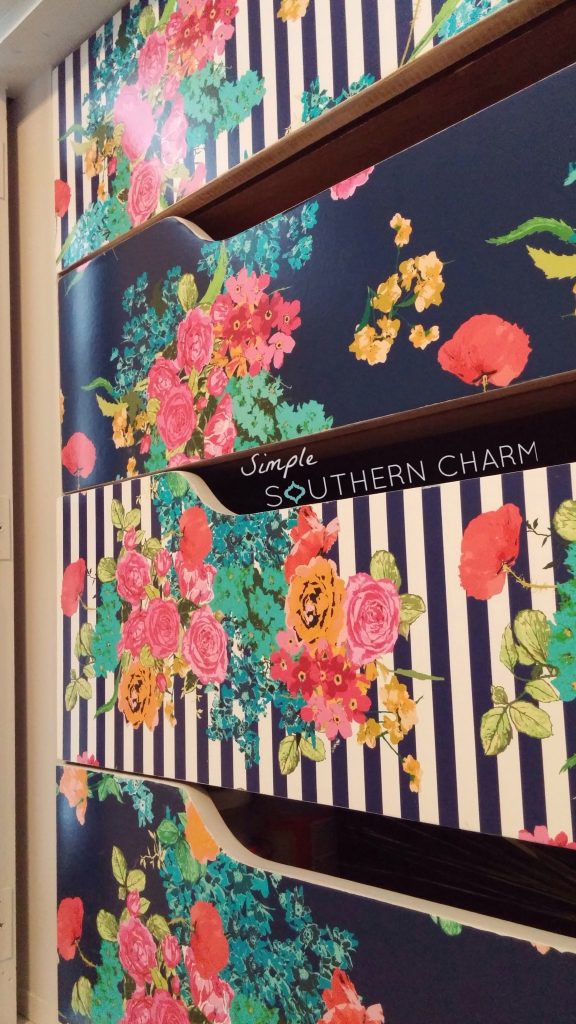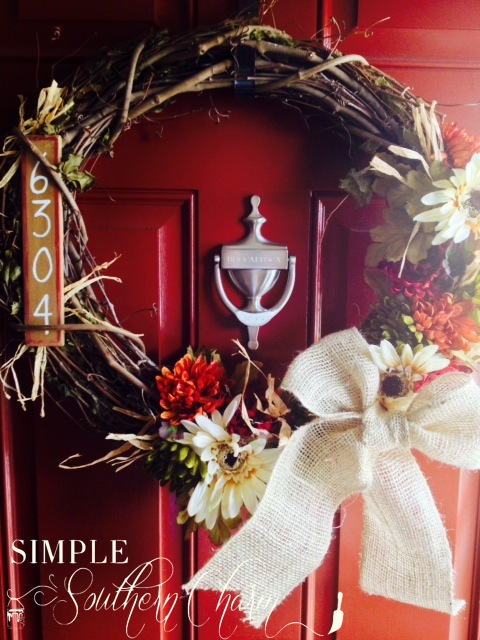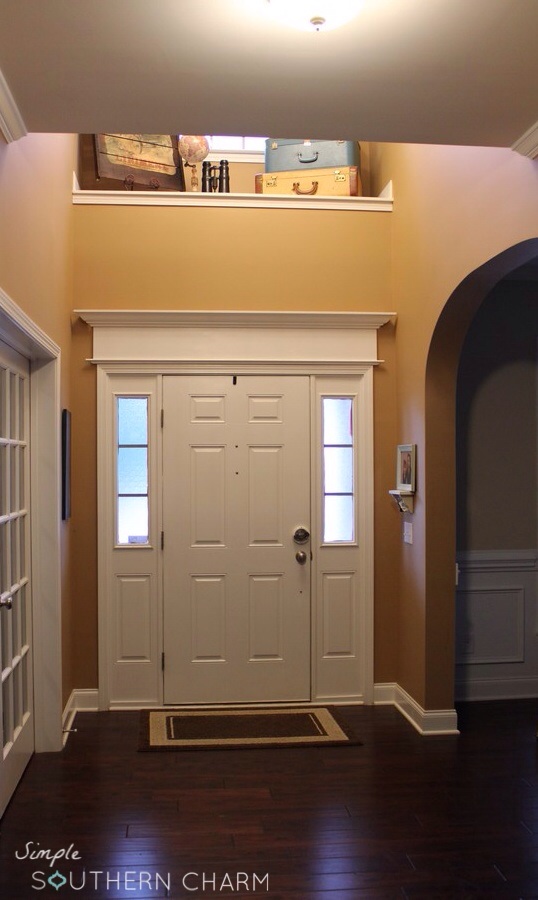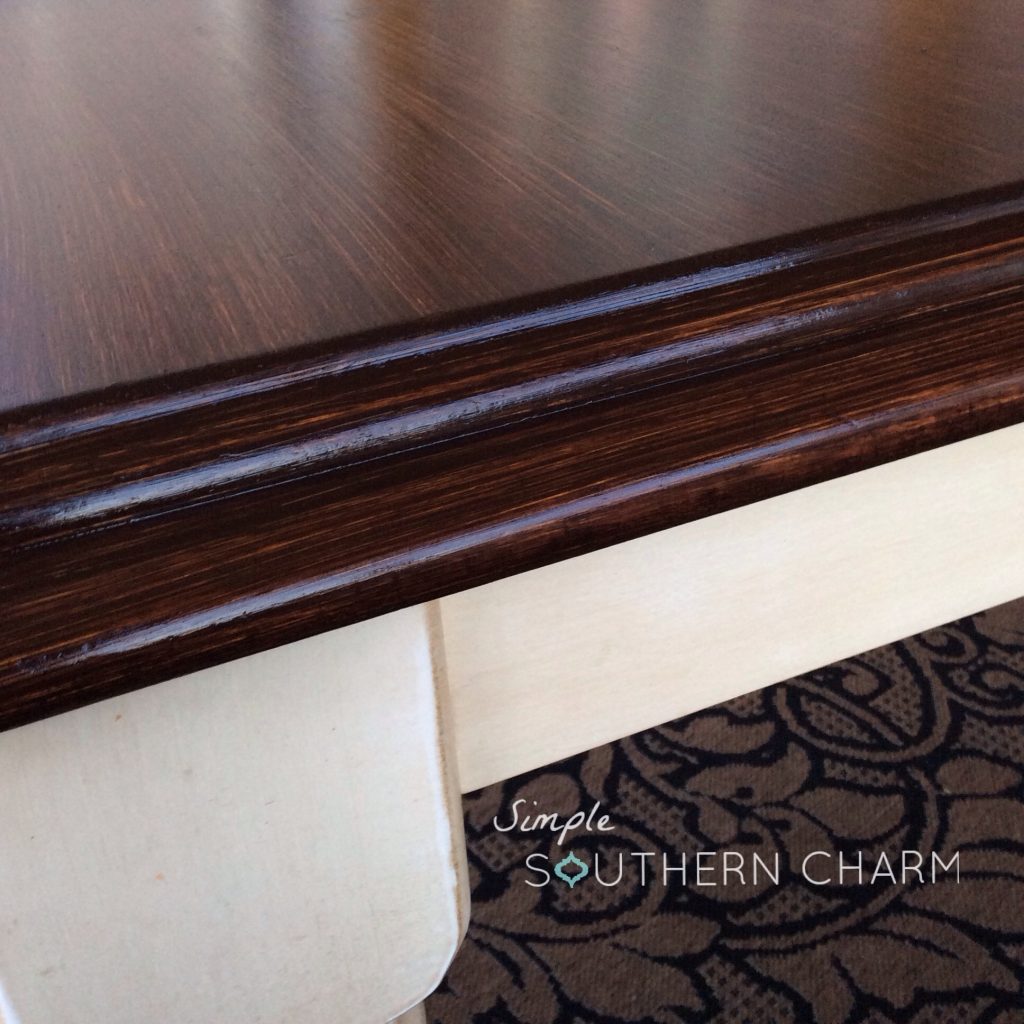Fusion™ Sand Stone Texture Tutorial
Homestead House Paint Company has a long history of producing very high quality, zero to low VOC products, so when I was asked to jump on board to test out products for their new paint line, Fusion™, I was all about it!
After having been given a plethora of products to choose from, I decided to start with a product that’s not super common. Products of this sort don’t get near as much time in the limelight as they should, simply because I don’t think people are aware of it’s versatility. You can transform almost anything from furniture, to scrap wood as you’ll see demonstrated below.

The Sand Stone Texture, is a lightweight medium that has a feel similar to that of sheetrock mud. Let me just answer the question that many of you are asking right now. “Can’t I just use sheet rock mud and get the same result?” I say this lovingly, but emphatically, NO! It’s like oil based paint and acrylic based paint. They look similar, but are two completely different beasts. This texture has a slight grit, not at all chalky like mud or grout, but not smooth like pudding…imagine pudding with a little tooth to it. It comes in a 16.9 oz. (500ml) plastic jar and can be used as is, tinted with 4 fabulous metallic colors or you can even tint with Fusion™ paint. The tints are shimmery and if you’re anything like me, you’ll love the little bit of glitz!


Let’s get started!
I had a few pieces of scrap wood left over from a farm house table that I’m building and after receiving a sample of a dainty butterfly stencil that Fusion™ will be carrying, I knew exactly how I was going to test out the Tintable Texture. Having deciding to try the bronze tint, I gathered a few supplies and got started.
I didn’t prep the wood surface at all. No sanding, no priming, nada! I eyeballed the stencil, taped the sides and got to mixin’. The instructions called for 1 part tint to 4 parts Sand Stone Texture. I took a small palette knife and folded the tint into the texture. Make sure to mix until the color is uniform. Admittedly, I was waiting for the color to turn muddy and was very pleasantly surprised to see that it had retained it’s shimmery sparkle. (As a side note, there was no smell at all!)

Pick a place to start, load the underside of the top of your palette knife with your texture and your ready to start applying.

The key to this is to skim the surface. If you’re a nervous Nelly, you could totally use spray adhesive to secure your stencil to help prevent the product from bleeding, but in the interest of saving steps and a bit of time, I opted for the tape and didn’t have much of on an issue. With any texture, I find pulling the product toward me works best. Avoid overworking or pushing/pulling the product around too aggressively. Make sure to move the piece around so your comfortable while applying. I promise, Cirque Du Soleil won’t be watching, so there’s no need to contort your hands into uncomfortable positions 😉 Don’t fuss with getting the texture completely smooth unless perfection is the look you’re after. I wanted some imperfection, so I was careful not to apply it too smoothly.

When you’re happy with the coverage, you can go ahead and remove the stencil. Don’t wait too long or forget to remove the stencil (Yup, been there, done that!) I prefer to pull the stencil away from me so I can see what I’m doing. You’ll want to do this part nice and slowly. As you can see on the bottom left of my stencil, I did have a bit of bleed through. If this happens, please don’t fret. It’s not ruined! Once it’s painted, you won’t even know it’s there. The last picture is after it’s dried overnight. Check out that magnificent, rich color!

I allowed my board to cure overnight (cure time is approx. 12 hours) and began painting late the following morning. This is where you can really personalize your piece and turn it into a work of art. I used Fusion™ in my favorite color, Inglenook and coated the entire surface. It’s the perfect muted, neutral aqua.REALLY.YOU’LL.LOVE.IT! Once dry, I added a light brown wash of watered down Algonquin and some fly specking right over top to dirty it up a bit.

I watered down a few other colors to give the butterflies and wreath a watercolor effect. Once it was completely dry, I gave the entire piece a light sanding to reveal the underlying bronze tint. I also took a bit of the copper tint and highlighted a few areas to give it a little pop. Yup, there goes that sparkle addiction again!

Start to finish, excluding dry time, this project took about 1 hour to complete. Clean up was super easy with just soap and water! Definitely a two thumbs up on the Sand Stone Texture paste!
I can’t wait to share the next project with you where I’ll be sharing how to create a lace effect with Fusion™ Pearl Embossing Paste. Stay tuned!







I absolutely LOVE this!!